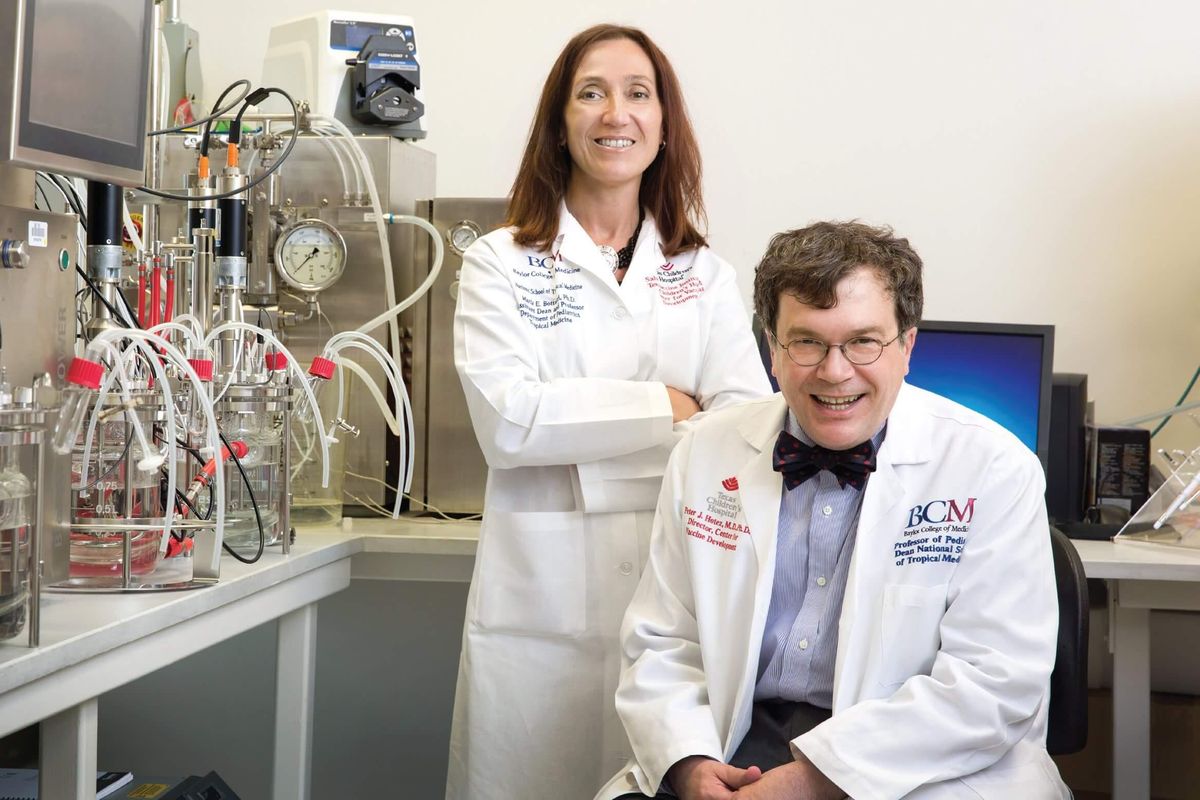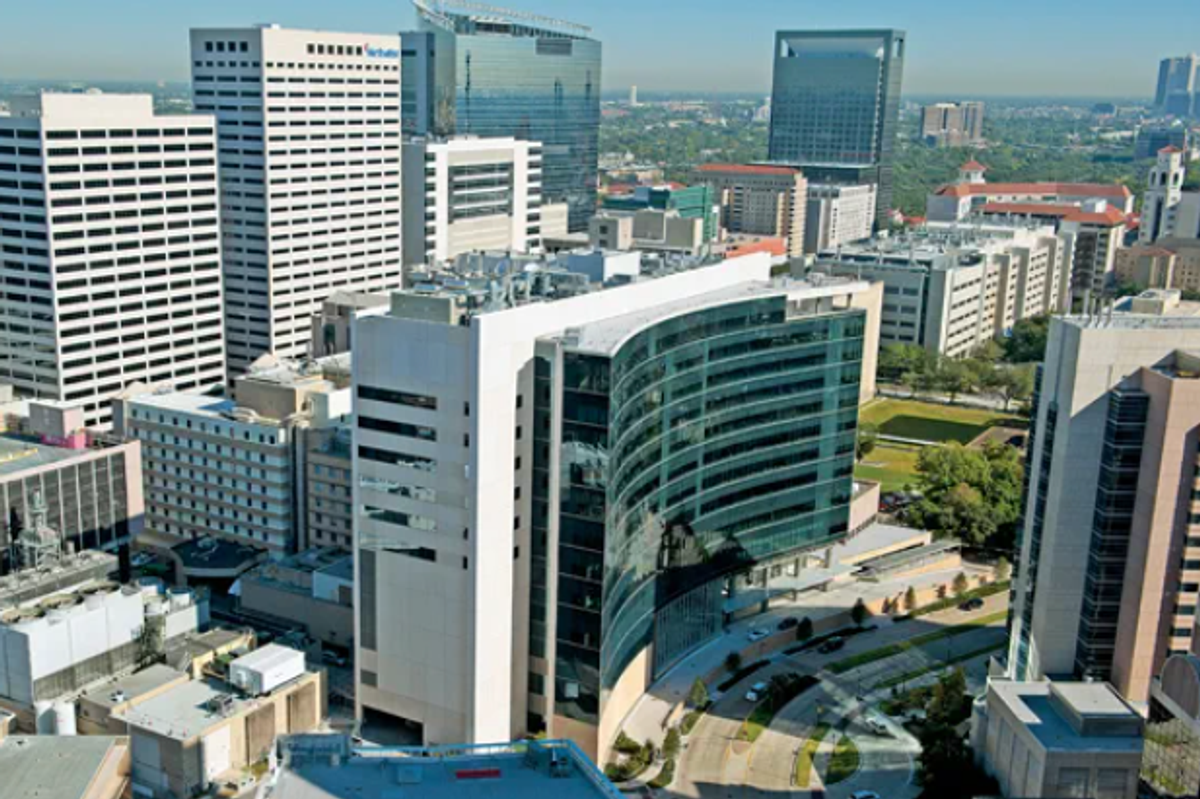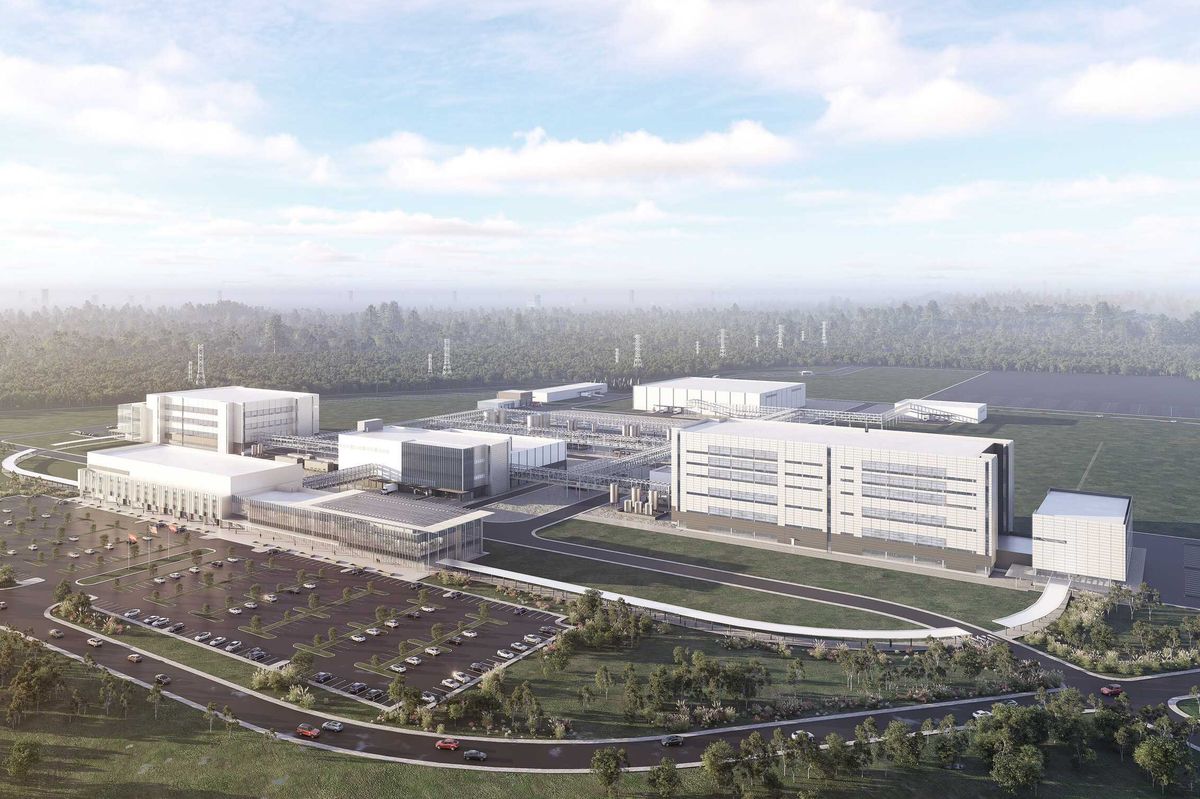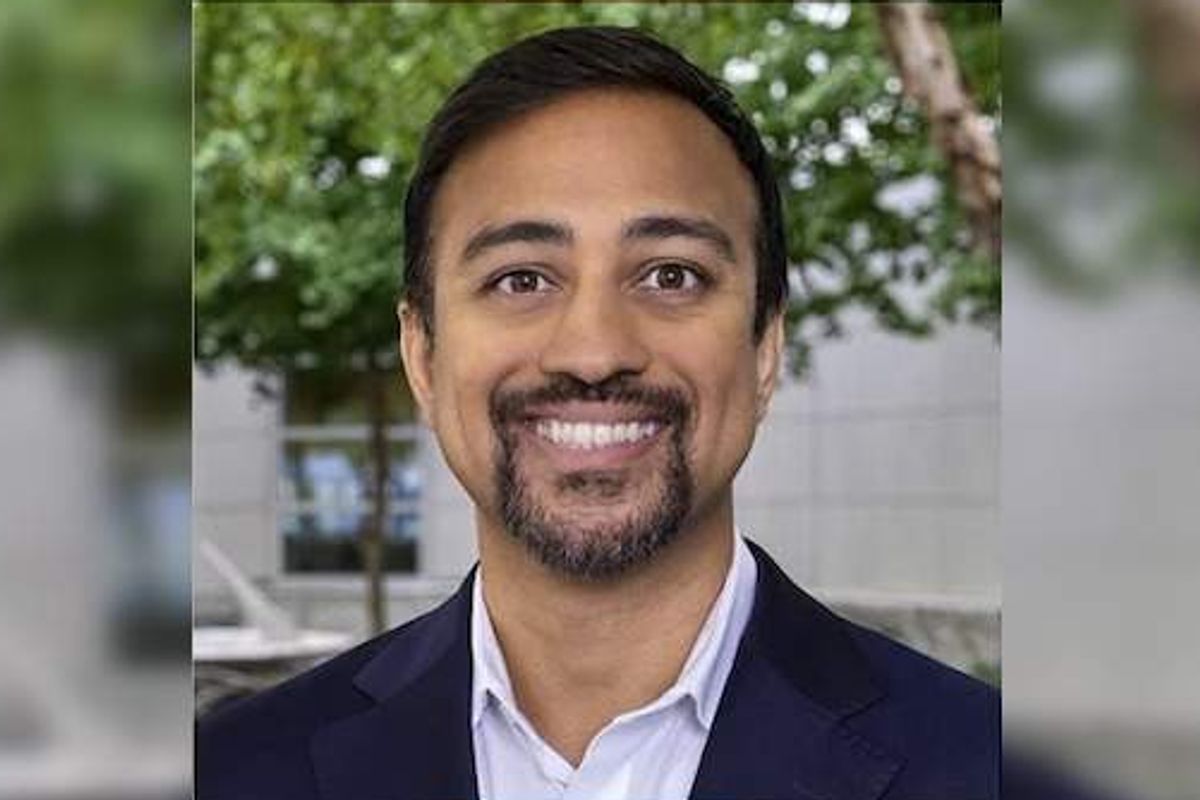The Greater Houston Partnership announced organizational changes under the tenure of its new president and CEO, Steve Kean.
Kean officially took on his new role earlier this month, after being named the next CEO this summer. The GHP's former president and CEO, Bob Harvey, announced his retirement in January.
In his first acts as CEO, Kean reshuffled his executive suite with a series of promotions.
Katie Pryor has been promoted to executive vice president and COO where she will lead the partnership’s development and revenue activities like long-term fundraising efforts, engagement opportunities, annual membership campaigns, special events and programs, and long-term fundraising efforts, oversee people and culture, finance and accounting, and information systems departments.
Taylor Landin was also promoted, as he was named executive vice president and chief policy officer, where he will continue to lead the team of public policy and advocacy professionals in policy priorities at the federal, state and local levels.
Kean also created the Office of the CEO, which will be composed of both Pryor and Landin, and the organization’s senior vice president and chief marketing and communications officer, Clint Pasche.
“I believe this shared leadership model will produce better outcomes on the strategies, opportunities, and issues we’ll address at the partnership,” Kean says in a news release.
GHP is Houston’s “leading business organization,” which has championed growth across a 12-county region by uniting business and civic leaders dedicated to Houston’s long-term success.
“I have always known Houston to be a region focused on creating opportunity, and as I’ve visited with many across our community over the last few months since my appointment, I have seen this opportunity-creation mindset in our region’s corporations and startups, political leadership, educational institutions, economic development partners and so many other organizations,” Kean, who once was the CEO of Kinder Morgan, adds in a news release. “There is strength in the unity of spirit we have here in Houston; and our ability to collaborate and work together is what sets us apart from other cities around the country.”




















